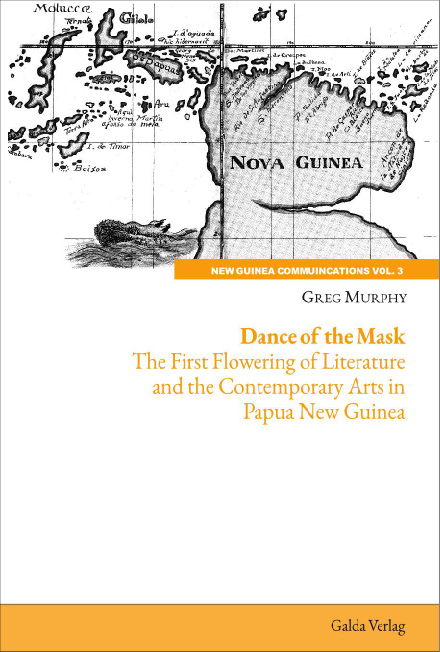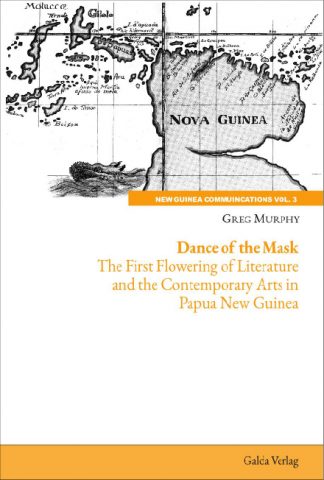Description
Dance of the Mask sets the history of the first flowering of Papua New Guinea contemporary literature and arts firmly in place so that it cannot be forgotten or brushed over or denied; the plant was always there in Papua New Guinea of course and still is. As a history, it describes the people involved and the quality of the cultural efflorescence – Ulli and Georgina Beier, John Kasaipwalova, Greg Murphy and the Raun Raun Theatre artists and their remarkable contributions to this historical conjuncture – the Papua Pocket Poets series with their visual art covers, the epic poem Sail the Midnight Sun by John Kasaipwalova and the resulting trilogy of folk operas by Raun Raun Theatre performed nationally and internationally and in Europe to great acclaim at the Edinburgh Festival in 2007. The book philosophises that culture is always changing and that literature and the arts should be influencing that process of change.
About the author
Dr Greg Murphy PhD OL, poet, theatre director and educational administrator, has lived in Papua New Guinea for the last fifty years working at tertiary institutions but from 1975 to 1984 starting and developing the national cultural institution called Raun Raun Theatre. In 2007, he was awarded an OL by the Government for his contribution to education and culture.
About the Series
The aim is to provide a conduit for the publication of studies on the Island of New Guinea, with its two established political divisions, but will also include other associated patterns of islands.
It will enable contributions from new knowledge workers—with their dissertations—and from established scholars. As there are numerous scholars who would like better coverage of the areas in which they have explored—as a tribute to the people they have worked with—as well as local scholars who understand the importance of their unique areas. It is felt that the approaches being trialed in the visual anthropology part of the series as area studies will bring a wider attention to the remarkable nature of the island.
The first volumes will be on modes of communication: oral history and folklore, and the emergence of a local literature. While the representation of all disciplines is welcome, comparative and whole island studies would be of great interest as well. For this, collaborative works or edited volumes may be needed.
It will allow for academic publications of a more preliminary kind—rather than exhaustive monographs, which are becoming more and more impossible to produce.
Where is the knowledge we have lost?


